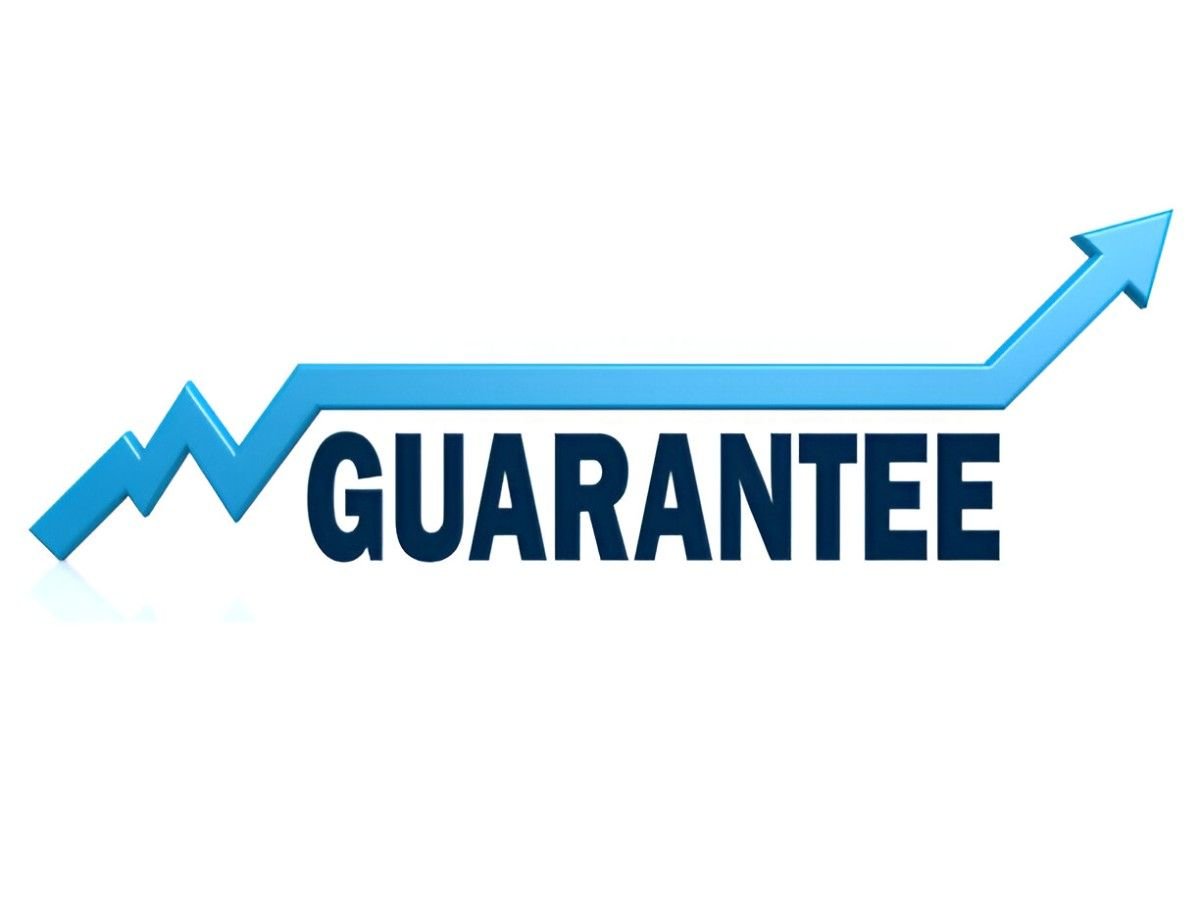As someone deeply immersed in finance and international development, I often encounter misconceptions about institutions like the Multilateral Investment Guarantee Agency (MIGA). Many investors and policymakers in the US remain unaware of how MIGA operates, its critical role in global finance, and why it matters for American businesses. In this article, I break down MIGA’s purpose, functions, and real-world impact—using clear explanations, mathematical models, and practical examples.
Table of Contents
What Is MIGA and Why Does It Exist?
MIGA is a member of the World Bank Group, established in 1988 to promote foreign direct investment (FDI) into developing countries by mitigating political risks. Unlike private insurers, MIGA focuses on projects that align with sustainable development goals, making it a unique player in global finance.
The Core Purpose of MIGA
MIGA’s primary objective is to encourage investment in emerging markets by providing guarantees (insurance) against non-commercial risks such as:
- Expropriation (government seizure of assets)
- Currency inconvertibility and transfer restrictions
- War, terrorism, and civil disturbance
- Breach of contract by host governments
By reducing these risks, MIGA makes it easier for private investors—including US firms—to enter high-potential but politically unstable markets.
How MIGA Functions: A Deep Dive
MIGA operates through a structured risk-sharing model. Here’s how it works:
1. Risk Assessment and Underwriting
Before issuing a guarantee, MIGA evaluates:
- The political stability of the host country
- The economic viability of the project
- The development impact (job creation, infrastructure, etc.)
This due diligence ensures that only sustainable projects receive coverage.
2. Pricing the Guarantee
MIGA’s pricing model factors in:
- Country risk rating (higher for unstable regions)
- Sector risk (e.g., mining vs. renewable energy)
- Tenure of coverage (longer terms cost more)
The premium can be expressed as:
Premium = (Base\ Rate + Country\ Risk\ Premium + Sector\ Risk\ Premium) \times Exposure\ AmountFor example, if a US energy firm invests $50 million in a solar project in Kenya (a moderate-risk country), MIGA might charge:
- Base Rate: 0.5%
- Country Risk Premium: 1.2%
- Sector Risk Premium: 0.3%
3. Claims and Payouts
If a covered risk materializes (e.g., the host government expropriates the project), MIGA compensates the investor after verification. The payout is typically a percentage of the insured amount.
Comparing MIGA with Other Investment Guarantee Providers
MIGA isn’t the only entity offering political risk insurance. The table below compares it with alternatives available to US investors:
| Provider | Coverage Scope | Max Tenure | Development Focus | Cost |
|---|---|---|---|---|
| MIGA | Global (developing countries) | 15-20 years | High (SDG-aligned) | Moderate |
| OPIC (Now DFC) | US investors only | 20 years | Medium | Competitive |
| Private Insurers | Global (any country) | 10-15 years | Low (profit-driven) | High |
Key Takeaway: MIGA stands out for its long-term coverage and development-oriented approach, making it ideal for infrastructure and renewable energy projects.
Real-World Examples of MIGA in Action
Example 1: Supporting US Solar Investment in Honduras
A US renewable energy company wanted to build a 50MW solar plant in Honduras but was concerned about political instability. MIGA provided a $70 million guarantee covering expropriation and breach of contract.
- Project Cost: $100 million
- MIGA Coverage: 70%
- Premium Paid: 1.8% annually ($1.26M)
When Honduras faced political turmoil, the government delayed tariff approvals. MIGA stepped in, ensuring the investor received compensation, safeguarding their returns.
Example 2: Protecting a US Mining Firm in Democratic Republic of Congo (DRC)
A US mining company invested $200 million in cobalt extraction in DRC—a high-risk market. MIGA insured against war and civil disturbance.
- Coverage: $120 million (60% of investment)
- Premium: 3.5% annually ($4.2M)
When local conflicts disrupted operations, MIGA paid out $80 million, allowing the firm to recover losses without exiting the market.
The US Perspective: Why MIGA Matters for American Investors
- Access to Emerging Markets: MIGA helps US firms enter high-growth regions (Africa, Southeast Asia) with reduced risk.
- Competitive Edge: Unlike private insurers, MIGA’s guarantees are backed by the World Bank, enhancing credibility.
- Alignment with US Foreign Policy: MIGA-supported projects often align with US interests (e.g., energy security, countering Chinese influence).
Criticisms and Limitations of MIGA
No institution is perfect. Some critiques include:
- Bureaucratic Delays: MIGA’s due diligence can slow down deals.
- Limited High-Risk Coverage: Some unstable regions (e.g., war zones) may still be excluded.
- Cost vs. Benefit: Premiums can be steep for small and medium enterprises (SMEs).
Conclusion: Should US Investors Use MIGA?
If you’re a US investor eyeing emerging markets, MIGA provides a unique safety net that private insurers can’t match. While premiums are higher than some alternatives, the long-term security and development focus make it a compelling choice for large-scale, sustainable projects.





